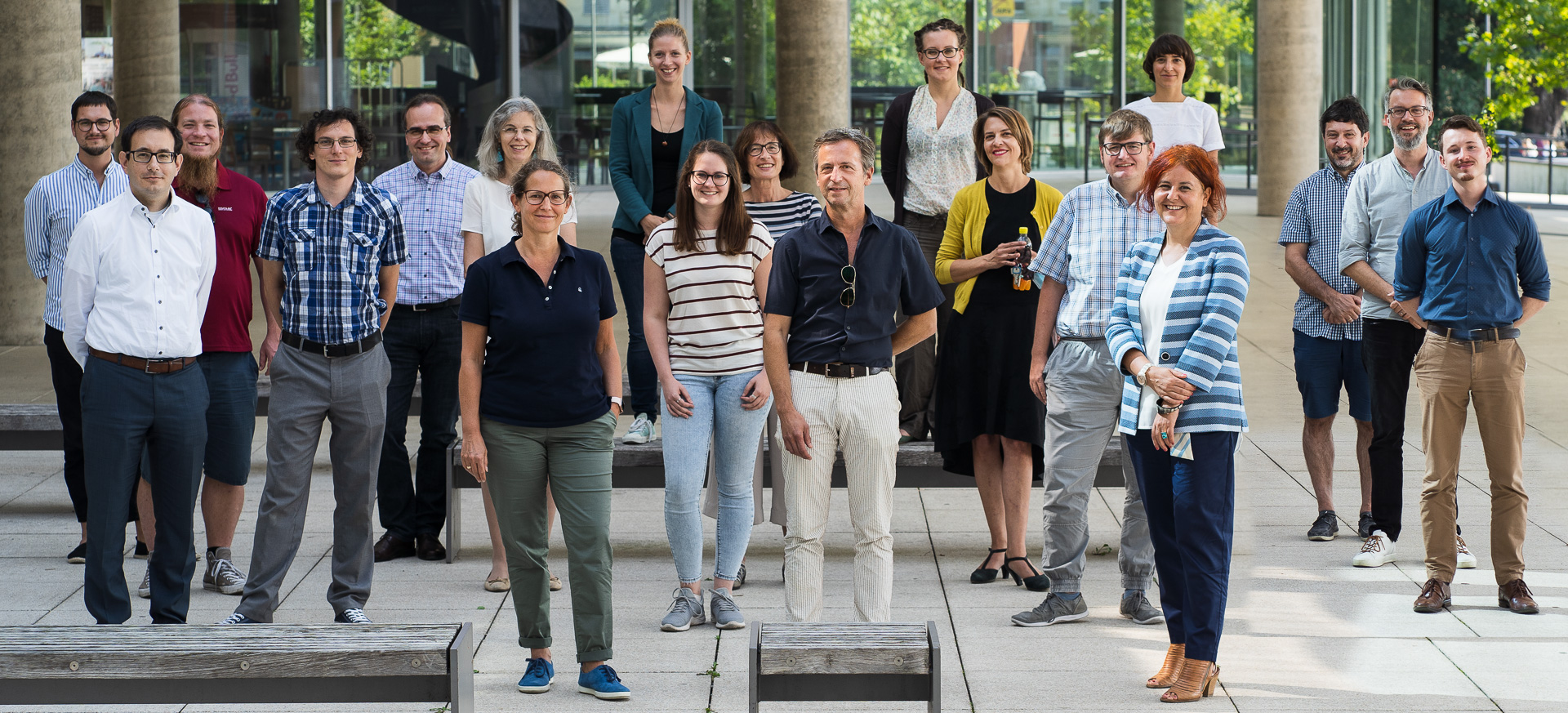Linda Beutel-Thurow
| Department | German Studies |
| Main supervisor | Univ. Prof. Mag. Dr. Manfred Kern (Dept. of German Studies) |
| Secondary supervisor | Prof. Dr.Anna Kathrin Bleuler (Augsburg), Mag. Dr. Katharina Zeppezauer-Wachauer (MHDBDB) |
| Contact | linda.beutel-thurow@plus.ac.at |
| Title | Naming poetics in Middle High German epic poetry. An analysis of the use of names, antonomasia and epithets in selected texts from the German-speaking Middle Ages. |
| Abstract | Onomastics has been part of interdisciplinary research for quite some time. In this context, Germanic medieval studies have also been concerned with the use of names in Middle High German texts, especially in recent times. However, beyond the pure category of ‘proper names’, there are other strategies for naming characters that have received little attention to date. Although the names of persons or characters can be regarded as the epitome of identity-forming characteristics, it is above all antonomasia and epithets that enable the recipients to imagine a character identity through the word. The dissertation will therefore pursue the goal of examining naming strategies in Middle High German epic poetry with regard to their narratological and poetological functions. Although names will also play a role, the main focus will be on antonomasia and epithets. A systematic recording of naming variants within a representative corpus will serve as the basis for analysis. Following a quantitative and statistical processing of the collected data using digital humanities methods, the results will be hermeneutically evaluated with regard to the poetics of naming. In the process, both intergeneric and chronological aspects will be included. |
